It’s been a while since we last posted about nature spots but the wildlife around the Tame Valley Wetlands has continued to thrive! We’ve had a lot of butterfly photos and a few interesting plants too.
Here are some great shots of a brimstone butterfly, Gonepteryx rhamni. You can see from these photos how the shape, colour and vein patterns of its wings resemble leaves, giving the butterfly the ability to camouflage well whilst it hibernates over winter, one of the few butterflies in the UK that do this.
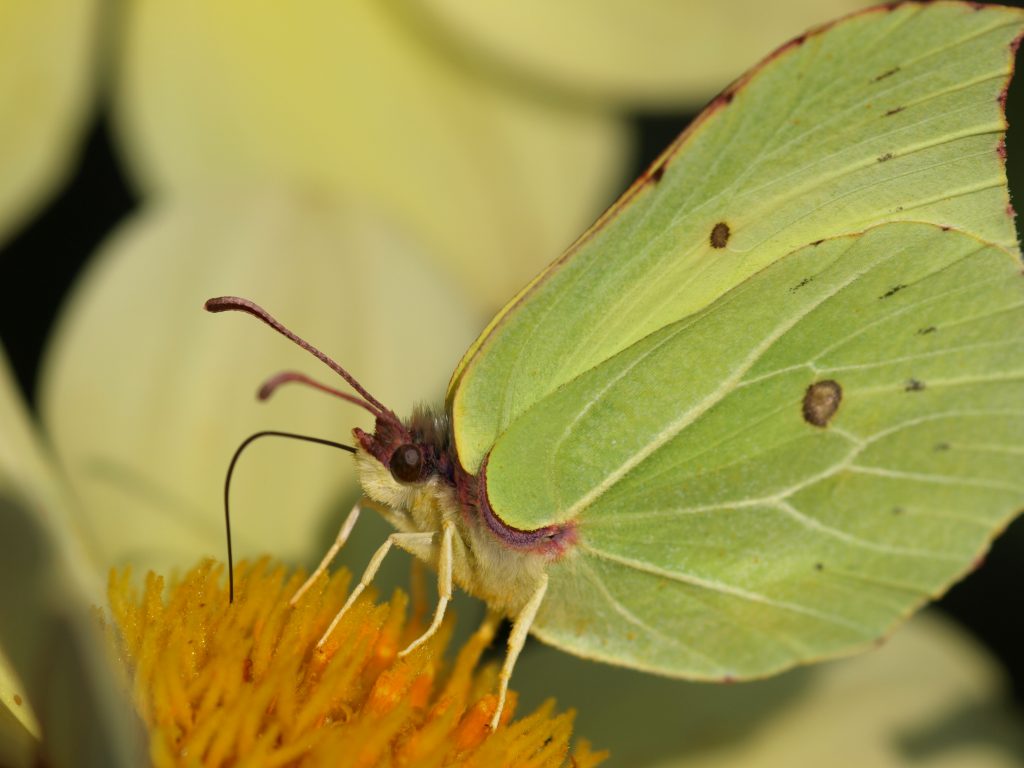
-
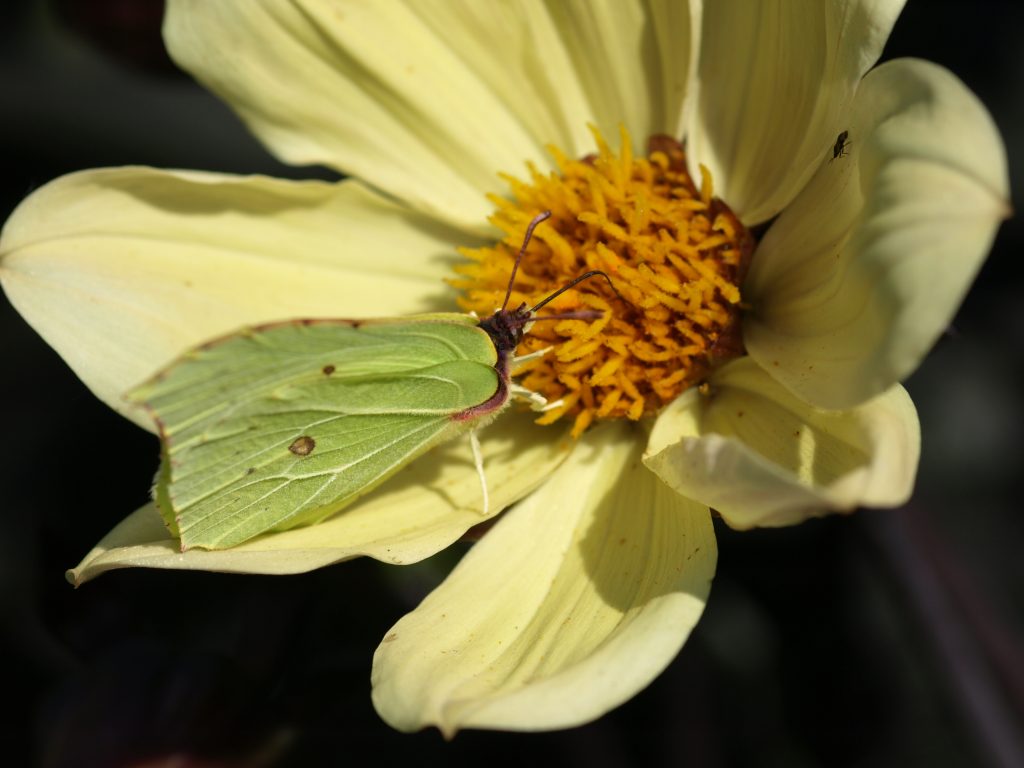
-
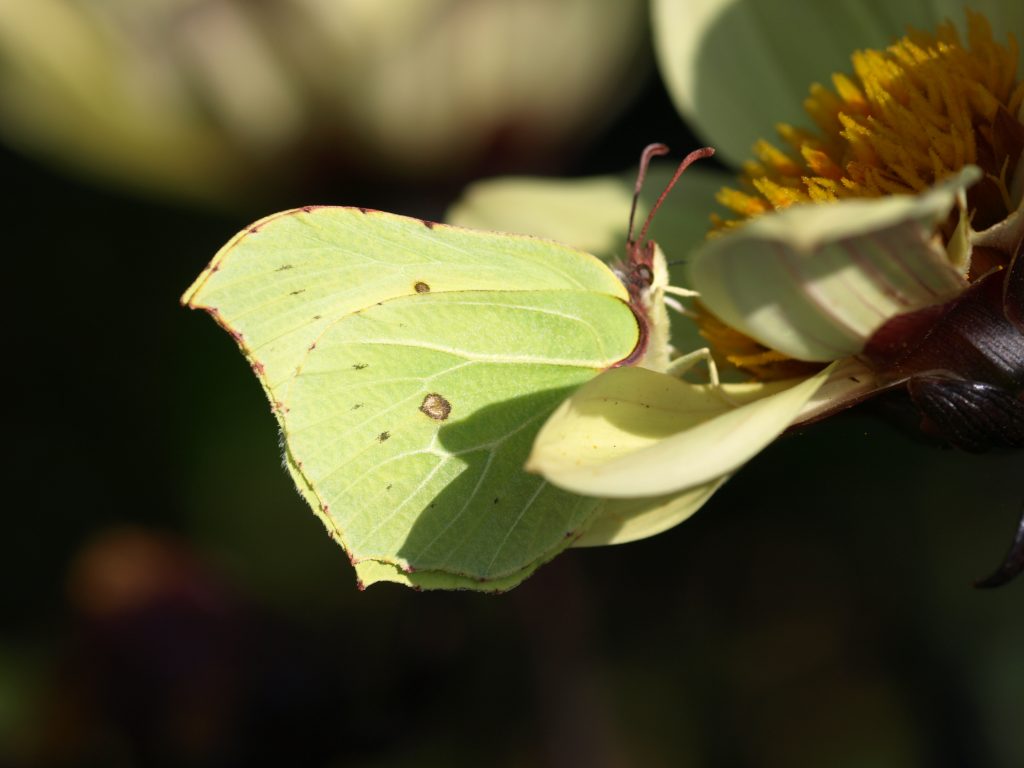
Photos submitted by Stephen Powell
This gatekeeper butterfly, Pyronia tithonus, shows off the false eyespots on its wings which act to deter predators such as birds, giving the butterfly time to escape. The eyespots might also act as a secondary form of defence by encouraging birds to attack the wings rather than the body – damage to a butterfly’s wings is much more tolerable than harm to its body!
-
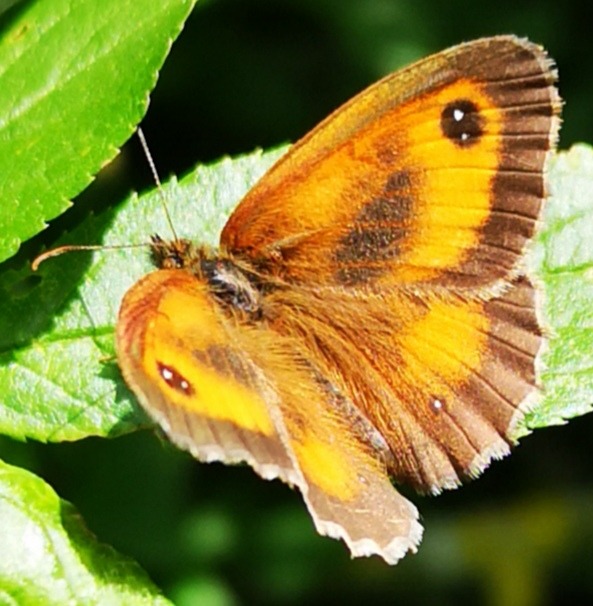
-
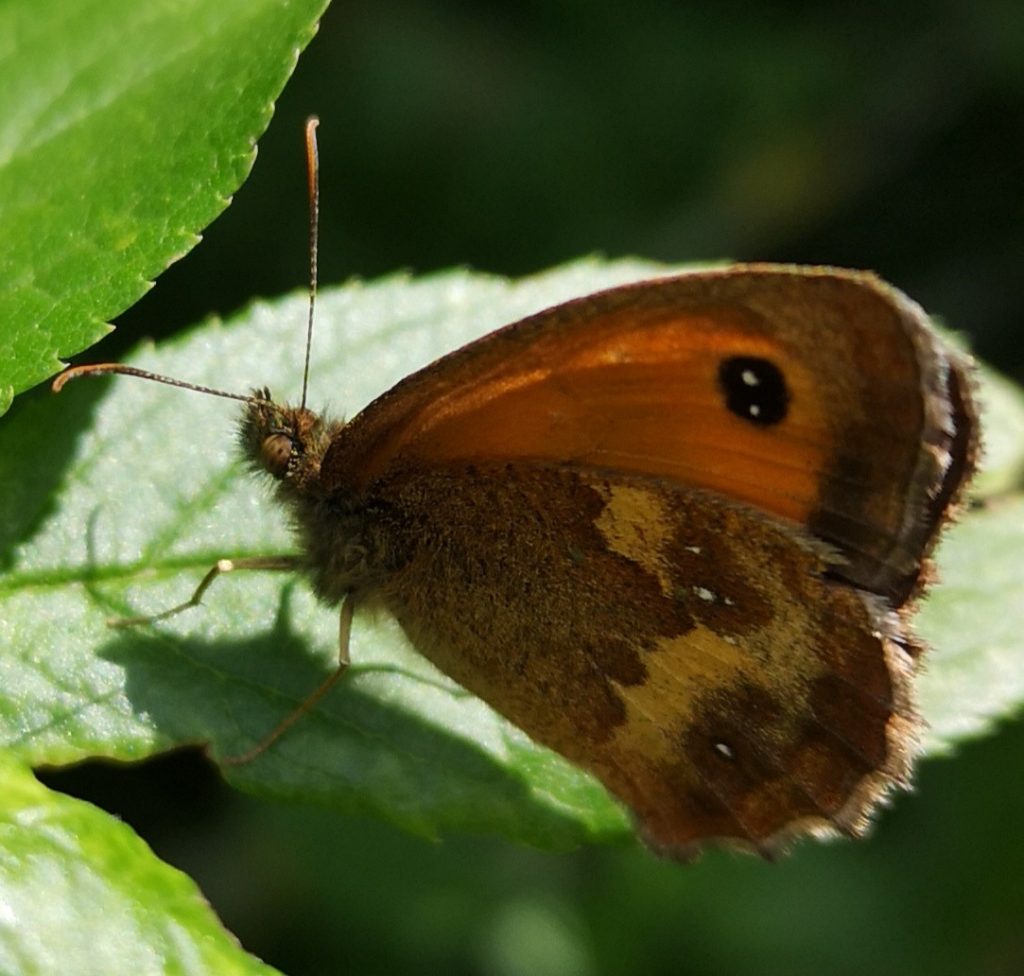
Photos submitted by Debra Starkey
Robin’s pincushion is a red hairy growth that appears on wild roses, caused by the larvae of the tiny gall wasp that feeds on the plant. Despite looking significant, robin’s pincushion causes little damage to the plant. The gall holds many of the wasp grubs, which feed on the gall tissues throughout winter. The adult wasps emerge in the spring.
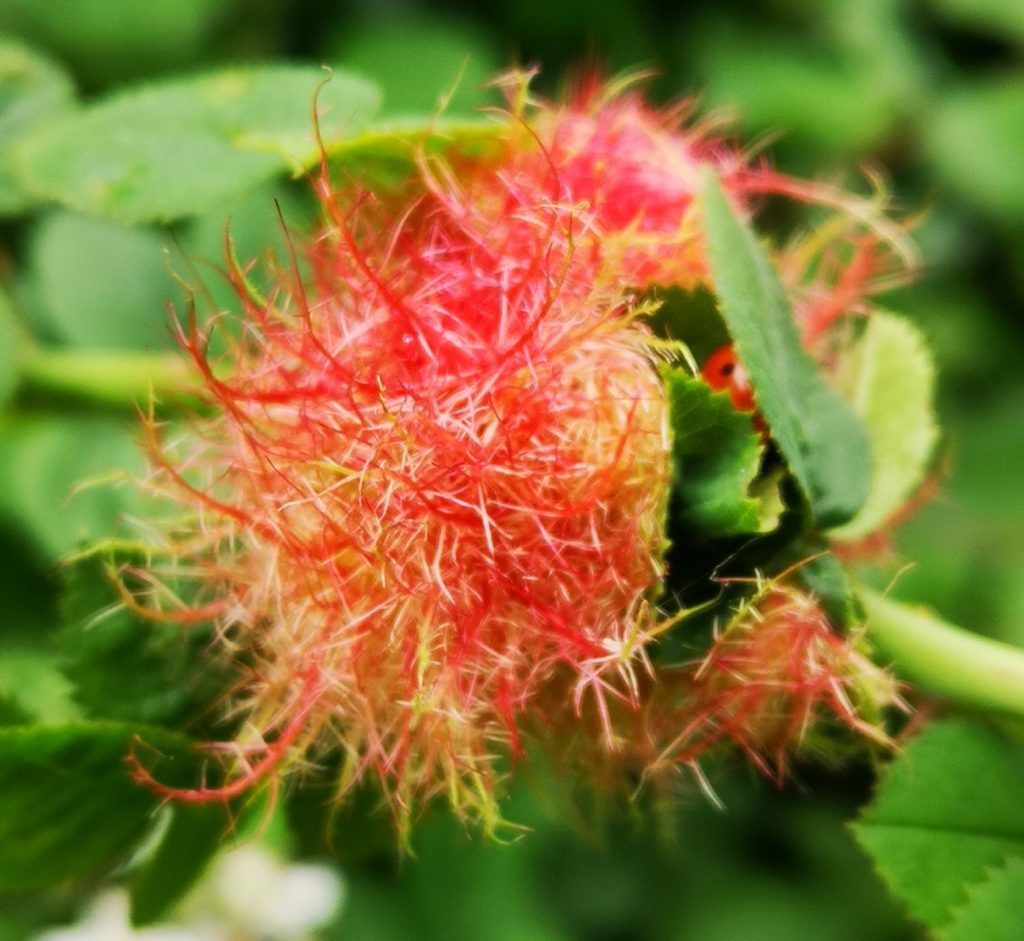
A common blue butterfly, Polyommatus icarus, displaying the patterned underside of its blue wings whilst feeding from a dahlia. The caterpillars of common blues have a fascinating mutualistic relationship with ants during their development. The caterpillars secrete a substance called honeydew that attracts ants. The ants will eat the honeydew and tend to the chrysalis, often taking it into their nests to protect the caterpillars from predators. The butterflies effectively use the ants for free childcare, and the ants receive a tasty meal of honeydew in return. This kind of mutualism is seen in some other species of butterfly too.
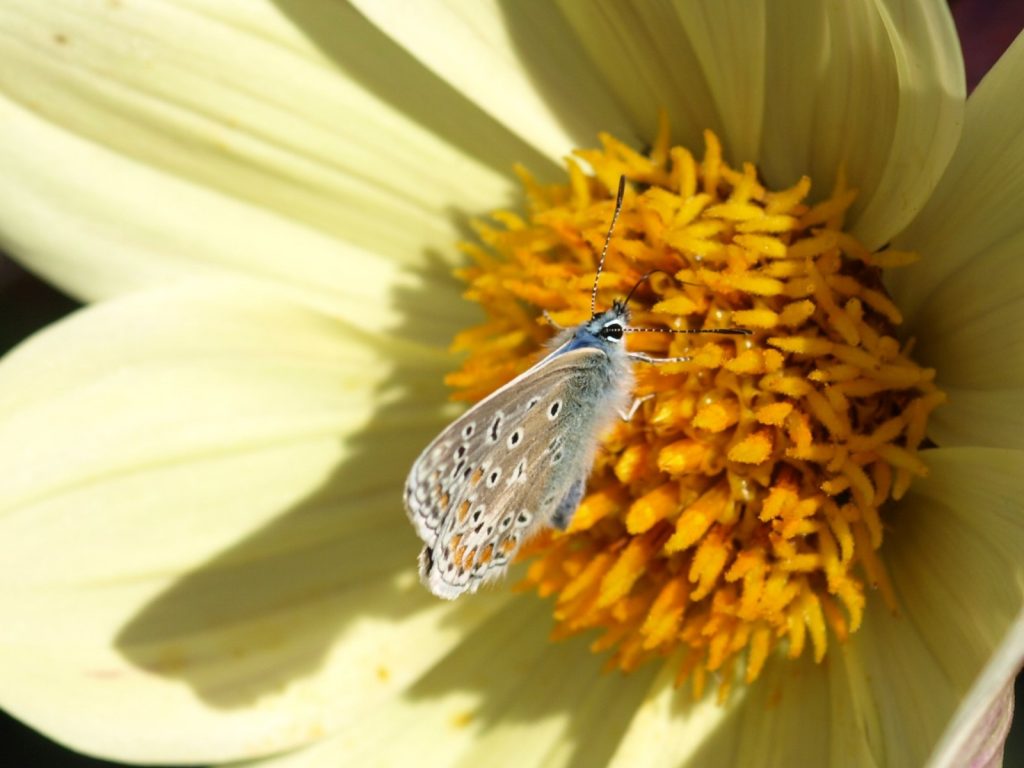
This interesting plant is the fruiting stage of Arum maculatum, commonly known as Lords and Ladies, or cuckoo pint. Its berries are highly poisonous, although you’d struggle to eat many of them as they have a acrid taste and would burn your mouth! During the flowering stage, Arum uses a method of trap pollination, in which it attracts fly pollinators to itself by emitting odour and heat. Flies fall down into the trap where the flowers are located and are prevented from escaping by a layer of hairs at the entrance. The flies deposit pollen from other plants on the female flowers, and the male flowers deposit their pollen on the flies. Once pollen transfer is complete, the trap collapses and the flies are able to escape… until the same thing happens at another Arum flower!
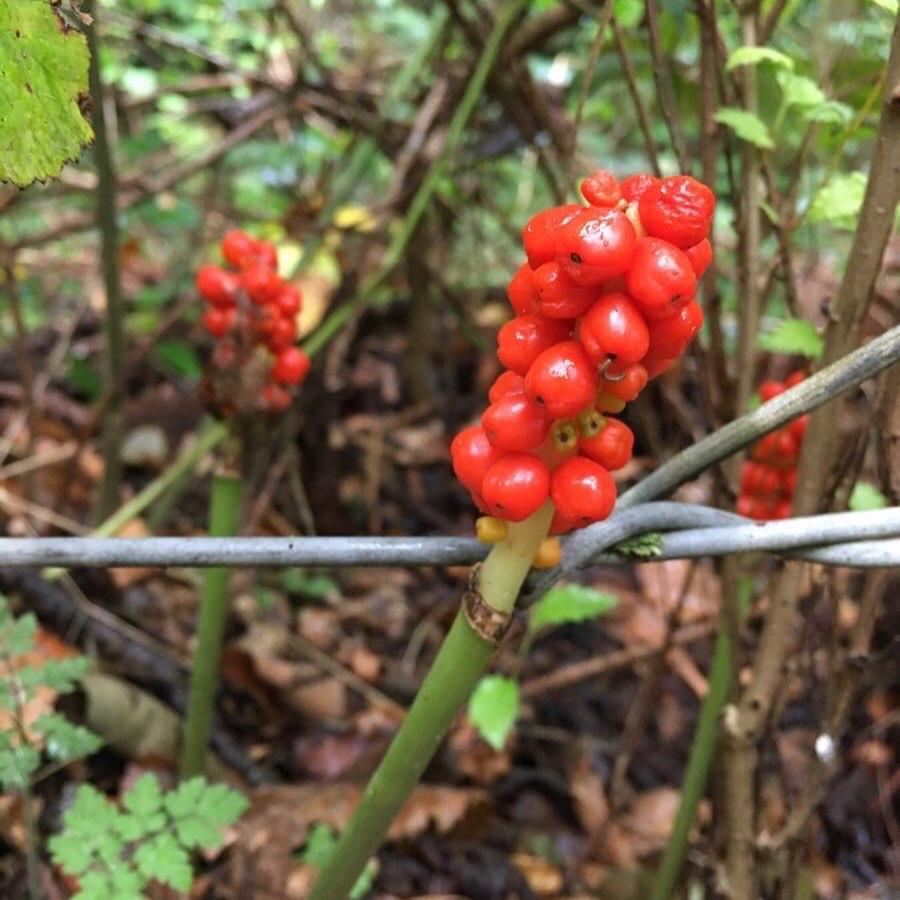
Keep sending your nature spots to enquiries@tamevalleywetlands.co.uk!
